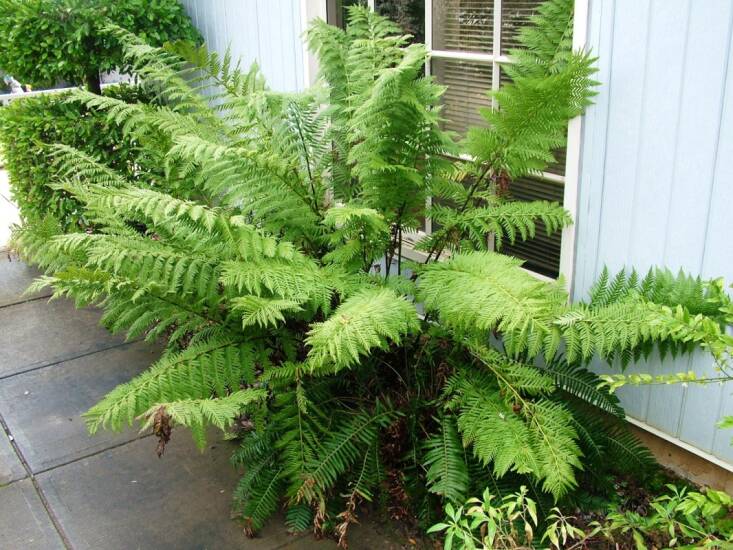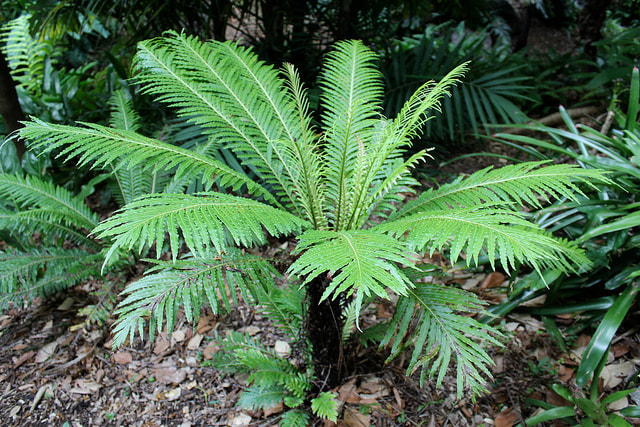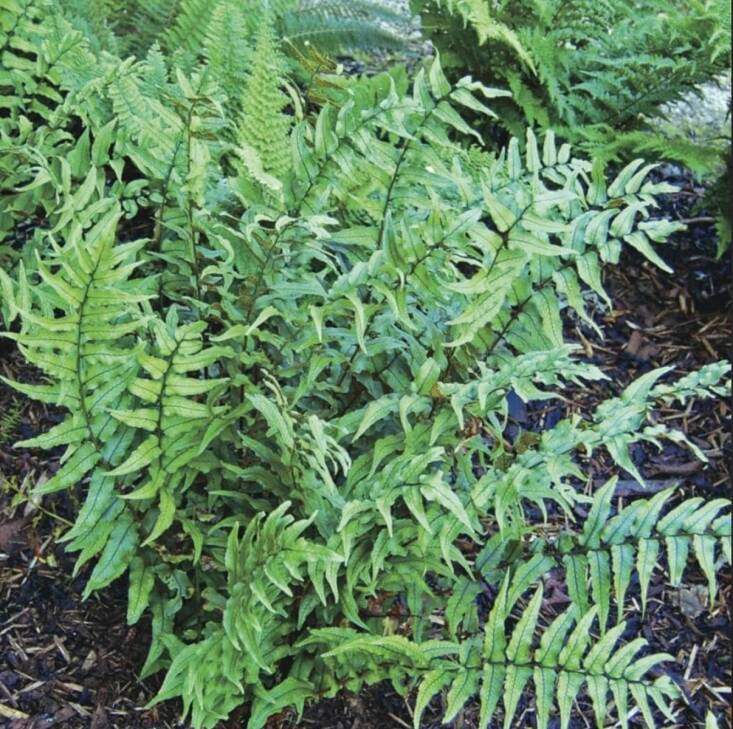I might be prejudiced when it concerns ferns due to the fact that I matured with hippie moms and dads in woody Mill Valley, CA, throughout the 70s. In our home, ferns hung from the cooking area ceiling and inhabited every corner; outside, ferns joined redwood trees. However even without that youth direct exposure and immersion, I would have liked ferns. They’re lavish, simple to grow, architectural, and a bit wonderful. They likewise make a strong existence in a forest, Asian, or modern-day garden.
Listed below, 5 of my preferred ferns (obviously, I have way more than 5, however I could not withstand the alliteration).
Dryopteris erythrosora

This fern passes “fall fern” due to the brand-new development that emerges a little pinkish prior to changing into a joyful coppery red, then lastly developing to a deep green. Sluggish and low growing, it just gets 2 feet high however can spread out by easy-to-manage runners. It likewise values routine beverages of water and a primarily shaded area. I like to plant this joyful fern with Japanese maples and Pieris. USDA Zone: 4-9.
Woodwardia fimbriata


Called “huge chain fern”, this big fern can reach near to 5 feet high and is belonging to western The United States and Canada, consisting of California, which is one reason that I like this durable, evergreen fern– I am an advocate of planting locals. The other factors: deer do not devour it, it can take a wee bit more sun in cool environments, and it makes a remarkable clump in a forest or native garden. When developed, this native isn’t very thirsty however looks much better with routine beverages. USDA Zone 8-10.
Polystichum munitum

Another wonderful and easy-to-grow California local, western sword fern is evergreen with a little arching dark green leaves forming a clump of approximately 3 feet high. In addition to being really versatile and trusted, it has low water requirements. Part sun to deep shade is completely great. Deer and other bugs likewise appear to leave this one alone. Pro suggestion: Cut the leaves and include them to flower plans. USDA Zone 5-9.
Blechnum brasiliense

While I truly like majestic tree ferns, often there isn’t space for them. This is why I am a fan of this dwarf tree fern that produces a crown of darker green leaves that begin a striking pinkish red. Growing to 4 to 5 feet high, with a brief trunk that emerges with age, the fern likes part shade to shade and routine water. I like to plant this fern in a container as the focal plant, with brilliantly colored heucheras and begonias growing under it. USDA Zones 10-11.
Cyrtomium falcatum

I utilize Japanese holly fern in difficult dubious areas often visited by deer. This low-maintenance evergreen fern grows to 2 to 3 feet high and as large, and its stiff however shiny leaves look like holly leaves. Plant this carefree fern under trees, to conceal the bottom of structures, or in containers. Routine water is finest however it can take a little less. USDA Zones 6-10.
See likewise:
( Checked out 4 times, 4 check outs today)